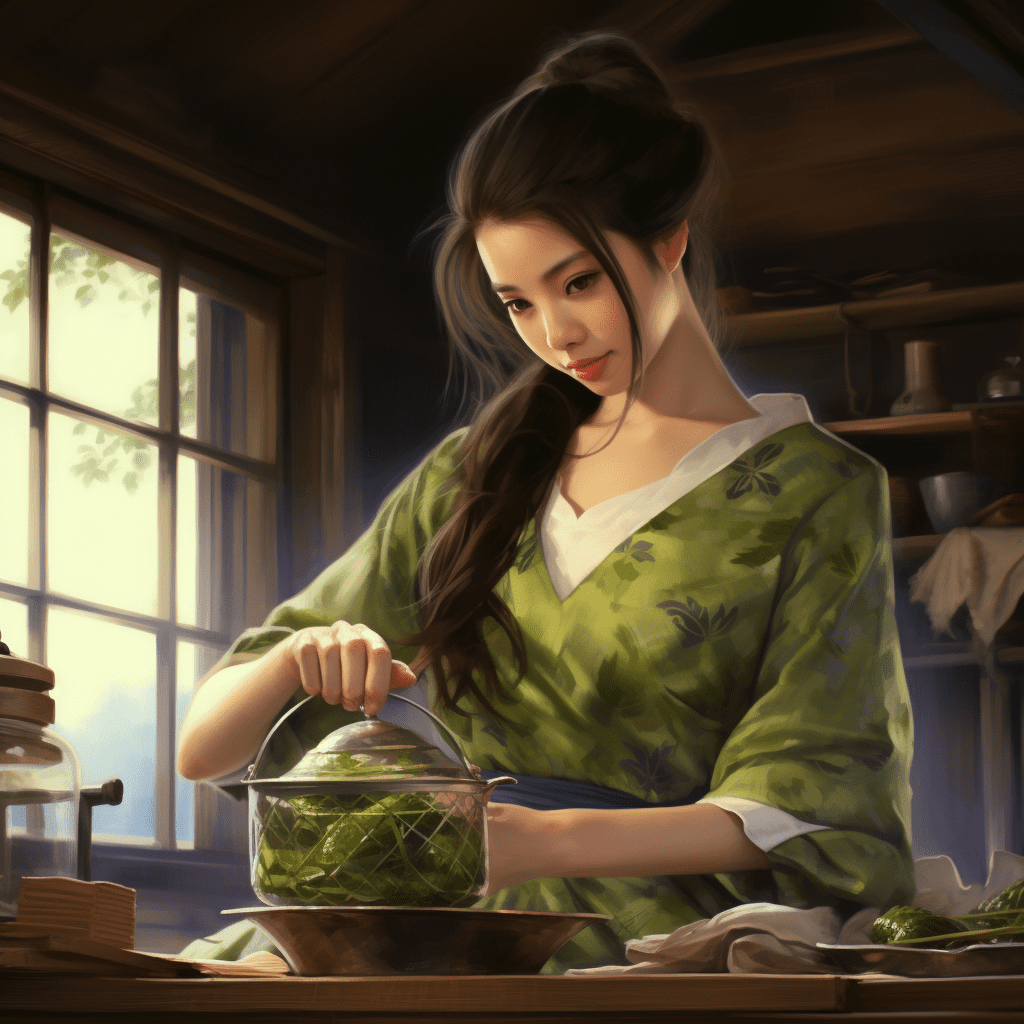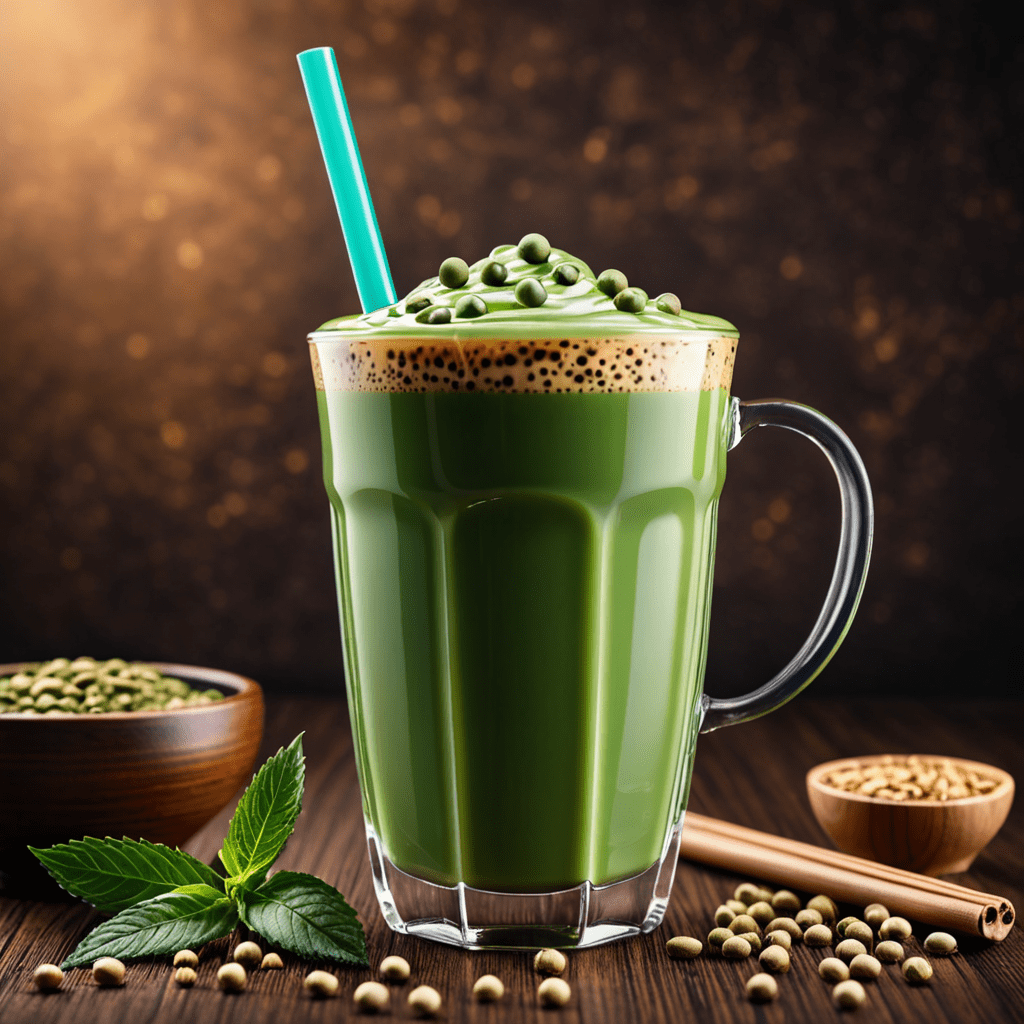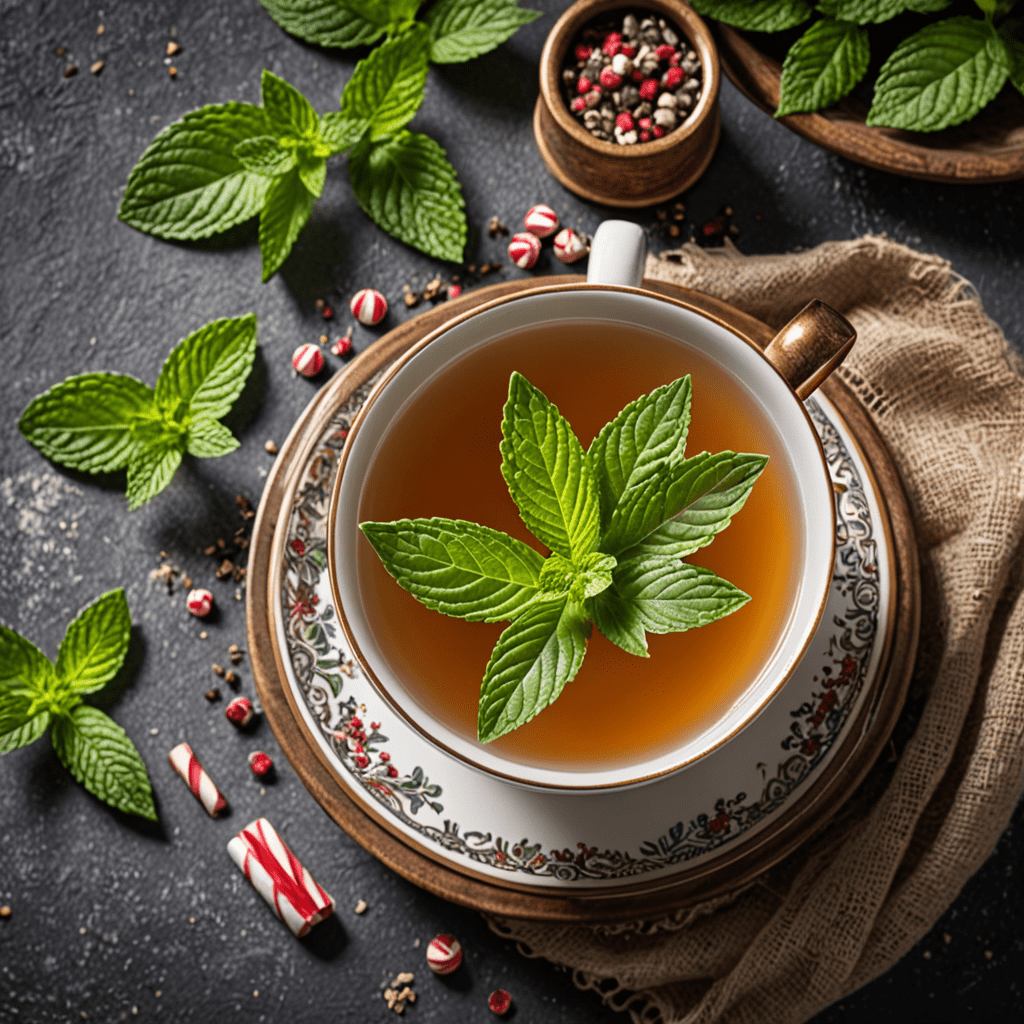
What is Sencha Green Tea?
Introduction to Sencha Green Tea
Sencha green tea is a popular and widely consumed type of Japanese green tea. It is known for its vibrant green color, distinctive aroma, and refreshing taste. Sencha tea leaves are harvested from the Camellia sinensis plant and are carefully processed to bring out their unique flavor profile. In this article, we will explore the origins, production process, health benefits, brewing methods, and potential side effects of sencha green tea.
Origins and Production of Sencha Green Tea
Sencha green tea originated in Japan and has been a part of Japanese tea culture for centuries. It is primarily grown in the regions of Shizuoka, Kyoto, and Kagoshima, where the climate and soil conditions are ideal for tea cultivation. The tea leaves are typically harvested in early spring or early summer, as this is when the leaves are at their best quality.
The production of sencha green tea involves several steps. First, the freshly plucked tea leaves are steamed to prevent oxidation. Then, they are rolled and shaped to bring out their unique flavor and aroma. Finally, the leaves are dried to remove excess moisture and create the characteristic needle-like shape. The careful processing of sencha tea leaves helps to preserve their vibrant color and fresh taste.
Flavor Profile and Health Benefits of Sencha Green Tea
Sencha green tea has a distinct flavor profile that can be described as grassy, vegetal, and slightly sweet. It has a light and refreshing taste, with a subtle astringency and a clean finish. The flavor of sencha can vary depending on factors such as the growing conditions, processing methods, and brewing techniques.
In addition to its delightful taste, sencha green tea offers a variety of health benefits. It is rich in antioxidants called catechins, which have been shown to have anti-inflammatory and antioxidant properties. Regular consumption of sencha tea may contribute to improved heart health, enhanced immune function, and reduced risk of chronic diseases such as cancer and diabetes.
Brewing Methods for Sencha Green Tea
To fully enjoy the flavors and aromas of sencha green tea, it is important to brew it correctly. Here are some simple steps to brew a perfect cup of sencha:
- Start with high-quality loose leaf sencha tea.
- Boil water and let it cool for a few minutes until it reaches around 70-80°C (158-176°F).
- Place 1-2 teaspoons of sencha tea leaves per cup into a teapot or a tea infuser.
- Pour the hot water over the tea leaves and let it steep for about 1-2 minutes.
- Strain the tea leaves and pour the brewed tea into cups.
- Enjoy the sencha green tea as it is or with a touch of honey or lemon, depending on your preference.
Potential Side Effects and Precautions
While sencha green tea is generally safe to consume, it is important to be aware of potential side effects and precautions. Sencha tea contains caffeine, so individuals who are sensitive to caffeine should consume it in moderation. Excessive consumption of caffeine can lead to side effects such as increased heart rate, restlessness, and trouble sleeping.
It is also worth noting that sencha green tea may interact with certain medications, such as blood thinners or medications for high blood pressure. If you have any specific health conditions or are taking medications, it is recommended to consult with a healthcare professional before adding sencha green tea to your routine.
FAQ about Sencha Green Tea
Q1: Is sencha green tea the same as matcha green tea?
A1: No, sencha green tea and matcha green tea are different. Sencha tea is made from whole tea leaves that are steamed and rolled, while matcha is made from finely ground green tea leaves. Matcha has a stronger flavor and is often used for ceremonial purposes.
Q2: How much caffeine does sencha green tea contain?
A2: Sencha green tea contains moderate levels of caffeine, typically ranging from 20-30 milligrams per 8-ounce cup. This is less caffeine than a cup of coffee but more than some other types of green tea.
Q3: Can sencha green tea help with weight loss?
A3: While sencha green tea is not a magic weight loss solution, it may support weight management efforts when combined with a balanced diet and an active lifestyle. The catechins and antioxidants in sencha tea may help boost metabolism and promote fat oxidation.
Q4: Can I reuse sencha tea leaves for multiple infusions?
A4: Yes, sencha tea leaves can be steeped multiple times, although the flavor will become milder with each subsequent infusion. Most sencha tea leaves can yield 2-3 flavorful infusions.
Q5: Is sencha green tea gluten-free?
A5: Yes, sencha green tea is naturally gluten-free. However, if you have specific concerns or allergies, it is always best to check the packaging for any potential cross-contamination or additives.
Q6: Can children drink sencha green tea?
A6: It is generally recommended to limit caffeine intake for children, so it is advisable to consult with a healthcare professional before giving sencha green tea to young children.
In conclusion, sencha green tea is a delightful and healthy beverage that offers a range of flavors, health benefits, and brewing possibilities. By understanding its origins, production process, flavor profile, and brewing methods, you can enjoy the best experience with this popular Japanese green tea. Remember to consume sencha green tea in moderation and consult with a healthcare professional if you have any specific health concerns or medications. Cheers to savoring a cup of sencha green tea!


